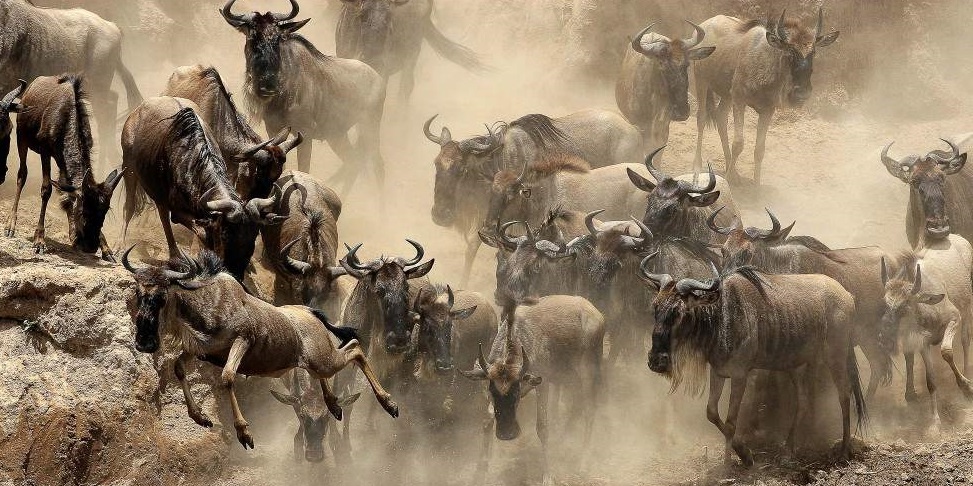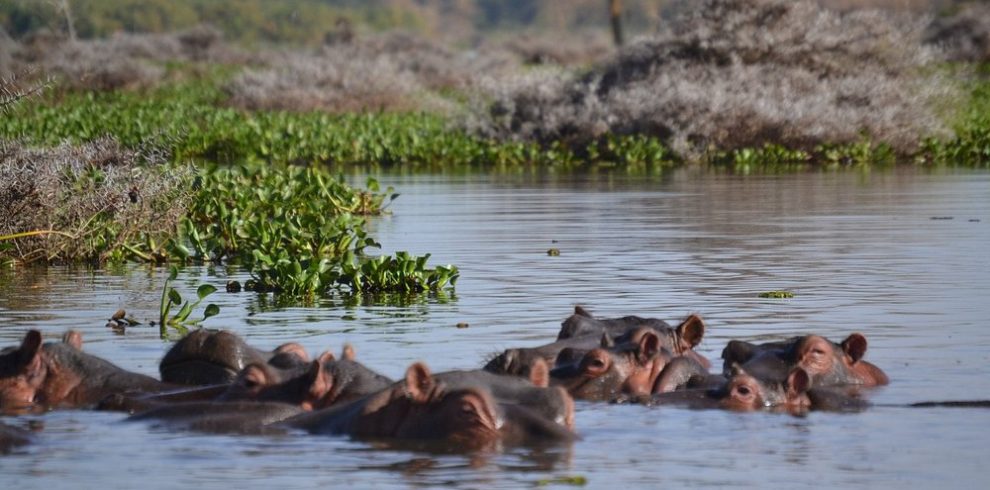
The Gemsbok (Oryx gazella), also known as the gemsbuck, is a remarkable antelope species that roams the arid plains of southern Africa. Known for its striking appearance and remarkable survival strategies, the Gemsbok is often regarded as one of the most fascinating creatures of the African savanna.
Its beautiful long/straight horns and sleek but strong form places it among the most envied creatures of the African wild. But beyond its physical beauty, the Gemsbok is a symbol of resilience, adaptability, and the ability to thrive in some of the harshest environments on Earth.
In this article, we will explore 5 fascinating facts about the Gemsbok, shedding light on its distinctive traits, behavior, and ecological role. These facts won not only increase your admiration of this grand creature but also equips you with important information on how this magnificent creature has been able to adjust to living in the harsh environs of the drylands of Africa.
So, whether you are a wildlife lover, a tourist, or mere lover of animals, these facts will put a new light in your mind about one of the most well-liked animals of the African continent.
1. The Gemsbok’s Remarkable Adaptation to Desert Life
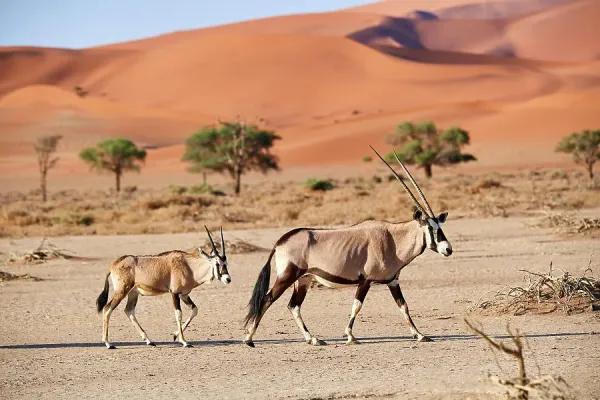
One of the most fascinating facts about the Gemsbok is its incredible ability to survive in the harsh, arid environments of southern Africa, including the Namib Desert and the Kalahari Desert.
They are huge and, in most cases, hostile, with extreme temperature, water scarcity and very little flora. Yet, the Gemsbok has evolved several remarkable physiological and behavioral adaptations that allow it to thrive in these conditions. The Gemsbok’s ability to survive without constant access to water is a particularly impressive adaptation.
Unlike many other animals, which need to drink water regularly, Gemsboks can go for extended periods without drinking. They receive the majority of their moisture through the plants they consume including dry grasses, succulent, and even thorny bushes, which contain water in their tissues. In the rare occasions when water is available, Gemsboks are capable of drinking large quantities to replenish their reserves. This special adaptation enables them to survive in the desert where the availability of water is scarce and hard to come by.
Moreover, the Gemsbok’s body temperature regulation is another impressive adaptation. These antelopes can withstand very high body temperature, frequently above 40 o C (104 o F) by increasing body temperature during the day and reducing it at night. Such tolerance to intense heat reduces their chances of hunting shade and hence the overall reliance on water.
Additionally, Gemsboks have highly efficient kidneys that help conserve water. Their urine is concentrated hence they lose less water and remain hydrated in the worst environments. This combination of physiological and behavioral adaptations makes the Gemsbok a true desert survivor.
2. The Iconic Long, Straight Horns of the Gemsbok

The Gemsbok’s horns are not only one of its most distinctive features but also play a critical role in its survival. Males and females are usually characterized by long straight horns, and the horns of the males are slightly larger. The horns may reach 1 m (3.3 ft.) and they serve partly to defend and also in social life.
One of the most fascinating aspects of the Gemsbok’s horns is their role in protecting the animal from predators. Although the Gemsbok is a powerful and agile antelope, it is not immune to attacks from predators such as lions, hyenas, and wild dogs. In the face of danger, the Gemsbok uses its horns to defend itself. The horns are fierce, hard, and are able to cause severe injury.
When threatened, a Gemsbok will often adopt a defensive stance, lowering its head and positioning its horns toward the approaching predator. If a predator gets too close, the Gemsbok will use its horns to deliver powerful thrusts, driving off or injuring the attacker. The Gemsbok’s horns are also used in intraspecific competition, especially among males. Mating is a season with males competing aggressively over dominance and access to females. The horn clashes refer to these fights in which two males meet each other employing their horns to push, shove, and struggle to overcome the other.
The winner of such combats delegates which male will be worthy of mating with a female and the combat may last hours until one of the males gives up. Beyond their role in defense and mating, the horns of the Gemsbok are also a symbol of strength and resilience. Their beauty and symmetry are an essential part of what makes the Gemsbok such a striking and admired animal.
3. Gemsboks Are Highly Social Animals with Strong Herd Dynamics
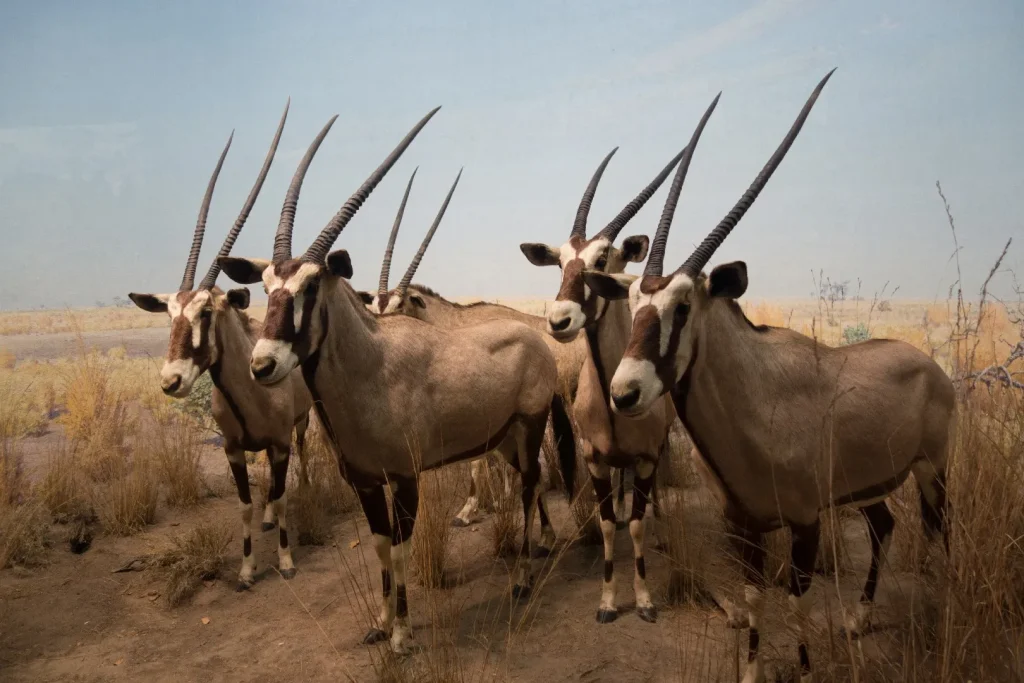
Despite the challenging conditions of the desert, Gemsboks are highly social animals that form tight-knit herds, which can range in size from a few individuals to larger groups of up to 30 or more. Herds usually consist of females and children, whereas males can live in smaller bachelor parties or individually.
The social structure of Gemsboks plays a key role in their survival, providing safety in numbers and helping them find food and water more efficiently. One of the most fascinating facts about Gemsboks is the intricate dynamics within their herds. This means that social connection is instrumental to the success and well being of the whole group and members of a herd would collaborate to secure the safety and the well being of the entire group.
For example, young Gemsboks are protected by the adult females, and the herd cooperates to watch out for predators. In times of danger the herd will frequently close in a circle around the young ones, especially, and the adults have their backs toward the centre, so as to be in a position to see the approach of any enemy. In the herd, the communication occurs between individuals of the herd using various vocalizations, body signals and odor marking. Gemsboks use a wide range of vocal sounds, from grunts and snorts to high-pitched calls, to signal different emotions or responses to their environment.
These calls assist the group in bonding with one another and predating danger to the herd. Additionally, scent marking is an important form of communication for Gemsboks, as it allows individuals to leave their scent trail for others to follow and identify. Although Gemsboks are primarily herbivores, they are also known to engage in a behavior known as “food sharing.” This occurs when one Gemsbok finds a food source, such as a patch of fresh grass or a succulent plant, and other members of the herd will follow to feed from the same area. This mutualistic interaction guarantees the benefits of all members of the herd on existing resources and enhances social connections in the group.
4. Gemsboks Have Impressive Speed and Agility
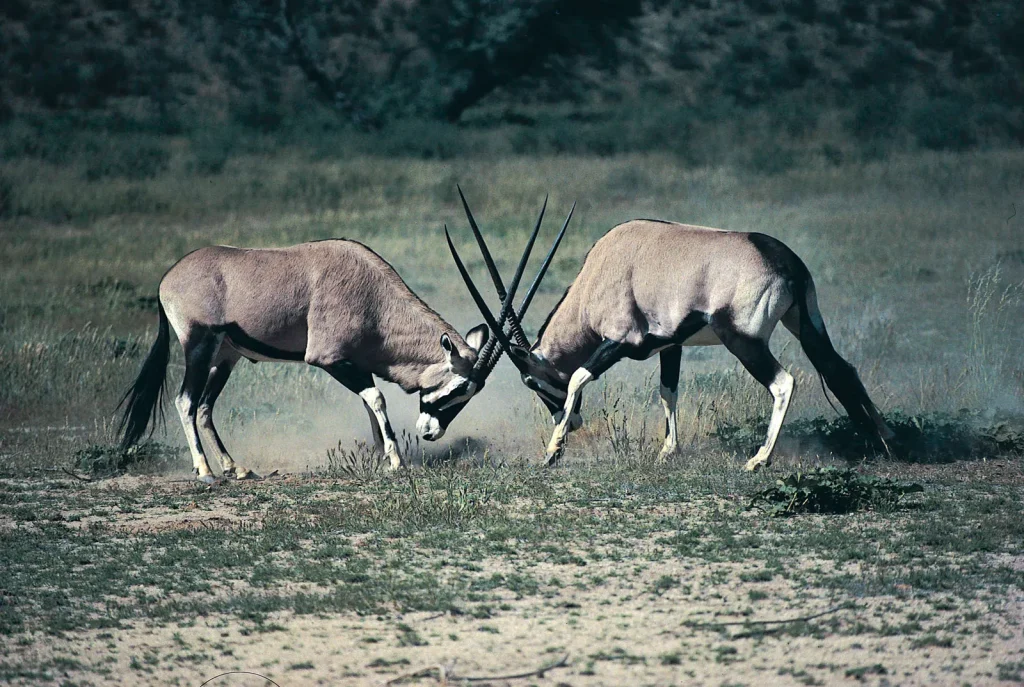
The Gemsbok is a highly athletic and agile animal, capable of reaching impressive speeds when necessary. One of the most fascinating aspects of the Gemsbok is its ability to outrun predators and cover vast distances in search of food and water. With a top speed of up to 60 km/h (37 mph), the Gemsbok is a fast and efficient runner, capable of sprinting at high speeds over long distances without tiring quickly. This high speed and endurance is essential to survive extreme desert conditions where food and water supply is not readily available.
When threatened by a predator, a Gemsbok can make sharp, sudden turns and rapid bursts of speed to escape danger. It makes it maneuver and escape predators and capture, due to its agility coupled with its sharp sense of awareness. In addition to running at high speeds, Gemsboks are also excellent jumpers. They are also capable of jumping beyond the boundaries of shrubs and rocks with a lot of ease proving to be an added advantage in moving through their desert camps.
This ability to jump and run at high speeds makes the Gemsbok a formidable opponent for any predator. Interestingly, the Gemsbok’s agility and speed also play a role in its feeding behavior. When foraging for food, Gemsboks often move quickly from one area to another, allowing them to cover large expanses of land in search of fresh vegetation. This extends its range to travel long distances which means that it is capable of finding food and water in areas when the supply is scarce.
5. The Gemsbok Plays an Important Role in Its Ecosystem
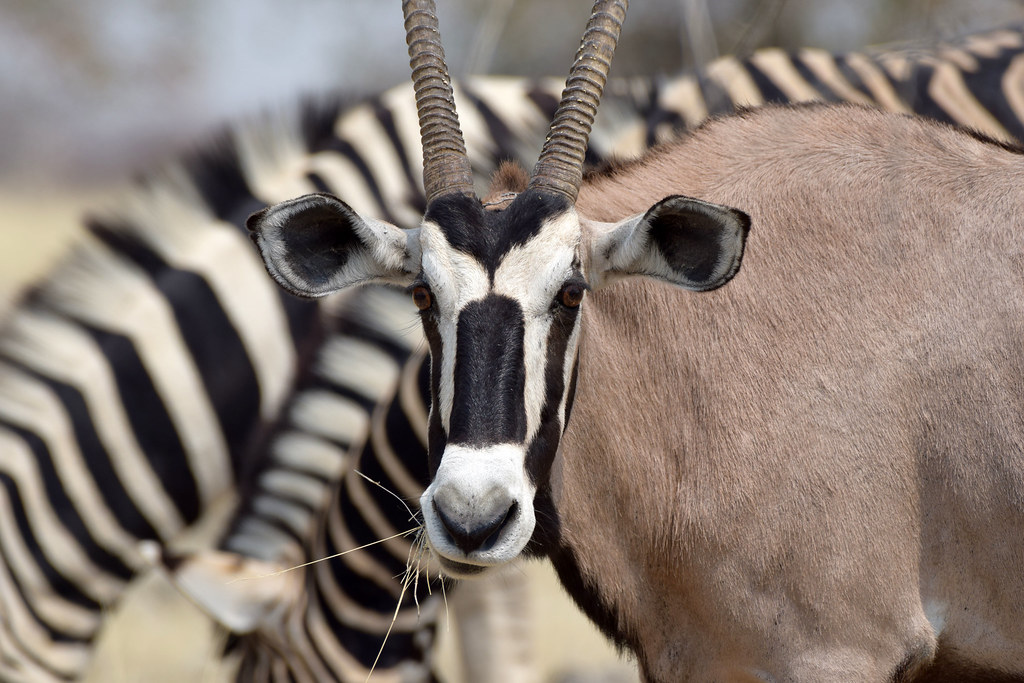
While the Gemsbok may seem like a solitary, powerful animal, it plays an important role in maintaining the balance of its ecosystem. As an herbivore, the Gemsbok helps control the growth of grasses and other vegetation, preventing overgrowth and promoting the health of the landscape. By grazing on grasses, shrubs, and succulents, the Gemsbok contributes to the regeneration of plant life, allowing other species to thrive as well.
Moreover, the Gemsbok is an essential prey species for many of Africa’s top predators, including lions, cheetahs, and hyenas. As one of the more challenging animals to hunt, the Gemsbok’s presence in the food chain helps support predator populations by providing a steady source of food. Its lightweight, speed and defense capabilities have made it valuable against predators although it is just a value of the natural order in the African savanna. The Gemsbok also plays a role in seed dispersal, as it feeds on a variety of plants and helps spread seeds across the landscape.
This is especially vital in desert landscapes where plant life is scarce. Through their feeding habits, Gemsboks help ensure the survival and spread of certain plant species, contributing to the biodiversity of their environment.
Conclusion
The Gemsbok (Oryx gazella) is a truly remarkable animal that embodies resilience, strength, and adaptability in some of the harshest environments on Earth. From its impressive survival strategies in the desert to its social dynamics and defensive abilities, the Gemsbok is a fascinating creature that commands admiration and respect. Understanding these facts about Gemsbok not only enhances our appreciation for this extraordinary antelope but also sheds light on the delicate balance of life in southern Africa’s arid landscapes.
Whether it’s the Gemsbok’s ability to endure extreme temperatures without water, its role as a powerful symbol of the African desert, or its impressive agility and speed, this majestic animal continues to inspire awe and fascination among wildlife enthusiasts and travelers alike. The Gemsbok is truly a king of the desert, and its unique characteristics and behaviors make it one of the most intriguing animals in the African wilderness.

